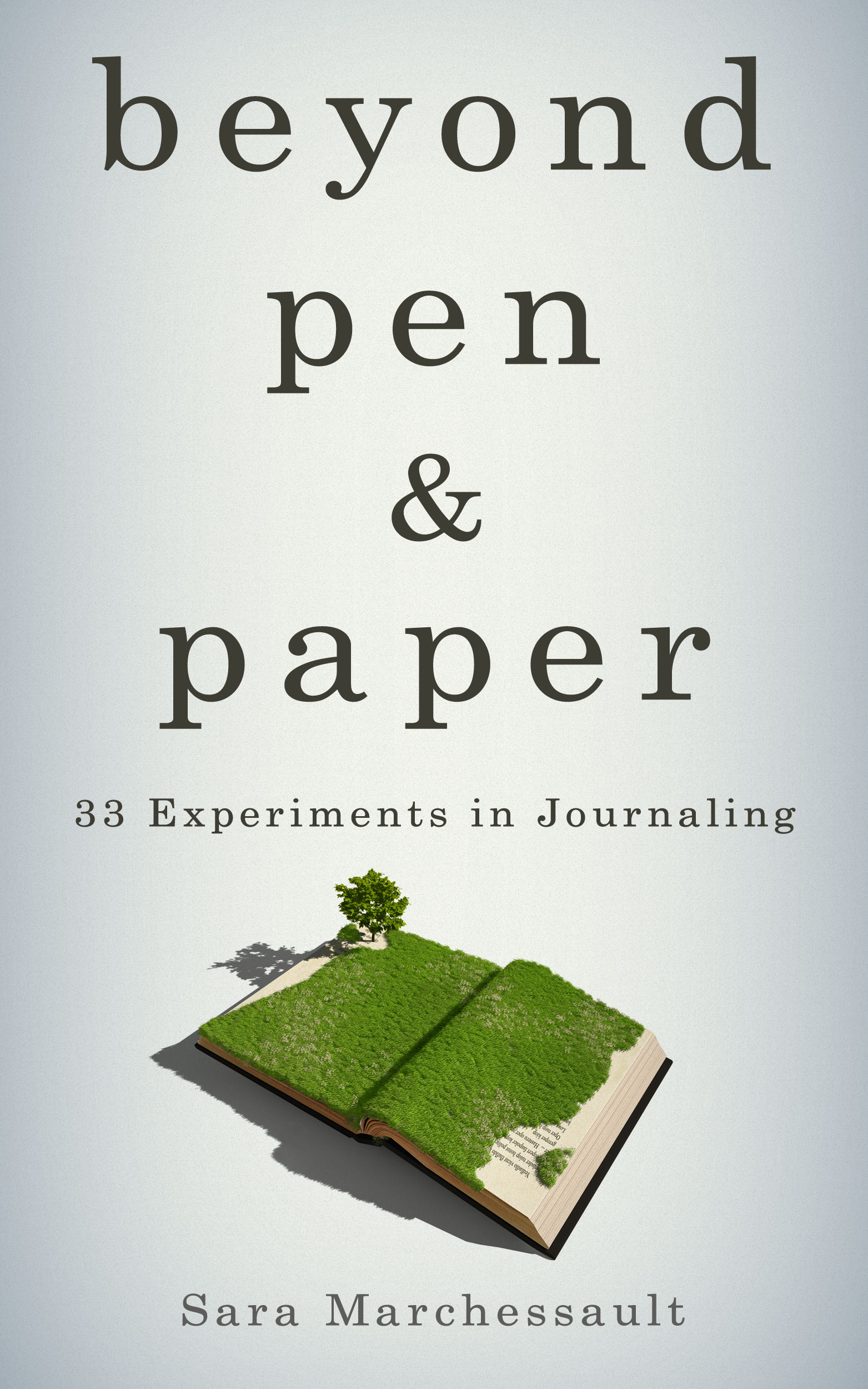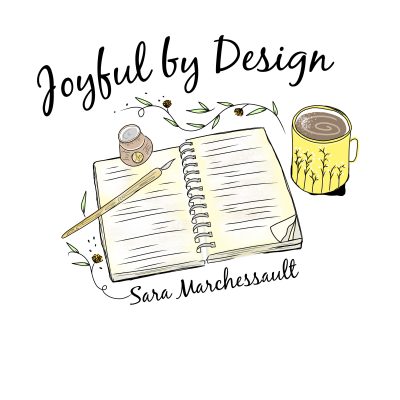
Who benefits from art journaling and why?
Art journaling is not a new idea. Recently it has gained in popularity and become much more mainstream. An art journal is typically still a bound book, like a traditional journal, but instead of filling the pages with writing, the journaler fills the pages with color, images, and possibly words too, but not always.
This process appeals to journalers who want to incorporate a visual or artistic element into their process. It can also be a great way to deepen your journaling experience. Enhancing the pages and then writing on them later gives the journaler a chance to express herself through several different mediums. By spicing up the pages, you get more excited to write.
Seasoned journalers may use art journaling to rejuvenate their practice. Adding paint to a page, decoupage, or even gluing down tissue paper can shift you back into journaling mode. This creates an experience of journaling on a more inviting background for those who enjoy something other than white paper.
But art journaling isn’t just for traditional journalers looking for a spring in their pen. The techniques of incorporating color, texture, and images onto the page can be as effective a way to tell a story or capture a feeling as words.
Finally, art journaling can take the form of book making. This is when the journaler creates a cover, preps pages, and binds the book herself. Building your own journal from scratch, which some refer to as art journaling, is a lengthy process. This is great for journalers who both crave a creative outlet and who enjoy the enhanced sense of ownership and self-expression that comes with journaling from the ground up.
What do you need for art journaling?
Some art journals start with a foundation of colored paper and add stickers or textured paper. Others use paint to add color to white paper. Some art journalers save every scrap of paper for potential use. Envelopes from junk mail, invitations to parties, and Christmas and holiday cards can be kept and reused in a moment of inspiration. Decoupage supplies can be purchased at craft stores and used to create pages in an art journal.
You always have the option to buy a journal created with handmade pages and covers and use it as your art journal. You can add words, colors, images, etc. as you move through the journal.
One artist I know visits used bookstores and buys old books to cut up and use in her art journals.
Another technique I’ve seen is covering pre-cut pieces of poster or cardboard with fabric and making your own book out of fabric covered pages.
The sky is the limit. On my website, I list links to art journaling supplies and tutorials on different techniques including bookmaking.* A few basic supplies to get you started include:
- A blank book as your foundation or the supplies to make your own book – if using paint it’s nice to be able to separate the pages so they can dry. If you can’t remove the pages, you’ll need to prop them open as they dry. Paperweights would work.
- Adhesive for adding accouterments to your pages
- Paint to bring an element of color
- Photos printed on regular paper to create a softer or weathered look that you don’t get with glossy prints
- Fun writing utensils such as markers, paintbrushes, glitter, glue sticks, etc.
Art journaling takes time and space. Perhaps you have a space in your home you already use for crafting. If not, decide how many supplies you want to store and plan time to work on your art journal.
This form of journaling is not the best choice for journaling on-the-go. However, some elements can be made more portable. For example, you can write on a piece of paper on your lunch break and add the text to your journal when you get home.
You can also save images and words you come across during your day and add them to your journal later. Keep an envelope in your purse to collect scraps of paper, pages from magazines, brochures, business cards, etc., that you might use in your journal. A system for collecting and storing such things can easily make art journaling a part of your regular routine.
Art journaling tips
Find support for keeping your art journal. See if you can find a class in your area on art journaling or book making.
Go on a field trip one weekend to see what you can find for paper craft supplies. I recommend you visit a craft and hobby store, such as Michael’s or Ben Franklin’s, and make a list of the things that interest you. Then visit a high quality artist supply store, such as Utrecht, and compare what you find. The art supply store may have things you can’t get at the craft store and vice versa.
Sink yourself into the process with this one. An art journal is not typically shared with the world, much like a traditional journal. You can create something dark and gloomy, bright and happy, or a little bit of both. This is your journal – make it feel like yours and be yourself on the pages.
Although the creation of an art journal is often personal, you can purchase a handmade art journal and add your own words or other artistic details.
If you’re attracted to the idea of art journaling, I encourage you to give it a try! Telling your story through a creative process can help you take some of your less than fantastic experiences and see them through different eyes.
This article is an excerpt from Beyond Pen & Paper: 33 Experiments in Journaling. For more ideas about how to get the benefits of journal writing without keeping a traditional journal, check it out here.
Related Posts
Parent toolkit for Kid Authors #7: Publishing the book
I wish I could write that when your Kid Author (KA) writes a book all…
Parent toolkit for Kid Authors #6: Time to edit
Editing happens in phases, just like writing the book happened in phases. When I’m…


Leave A Comment